Cichlazomas are a genus of cichlids that no longer exist. No, no, this does not mean that they are all extinct. Everything is much simpler – repeated studies of taxonomists have led in the end to the fact that all species belonging to a given genus were attributed to other systematic categories. But according to the old tradition, the name “cichlazoma” is firmly entrenched for these fish and continues to be used to this day.
Compatible fish species
Botia
Large bottom loaches perfectly diversify the aquarium, occupying a niche near the bottom. The fish have a different regime of the day because the battles prefer to swim at night when the cichlazomas are sleeping.
Other cichlazomas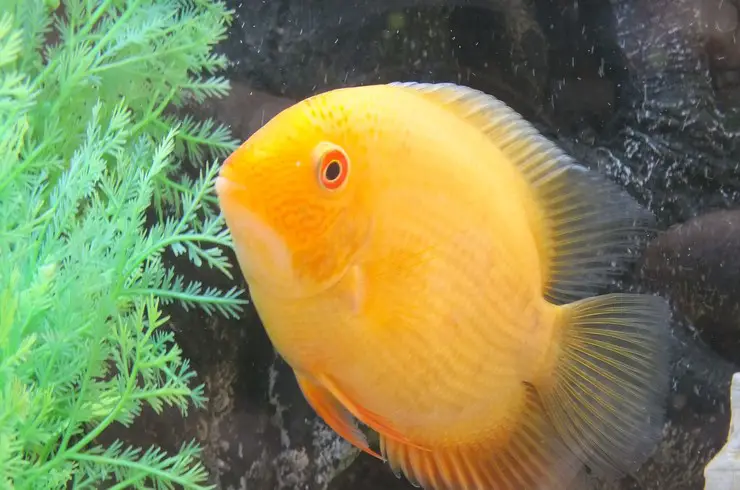
Different types of commensurate cichlids in most cases get along well. Although conflicts over territory are not at all excluded. A large volume of the aquarium and the presence of shelters can neutralize aggression.
Clarius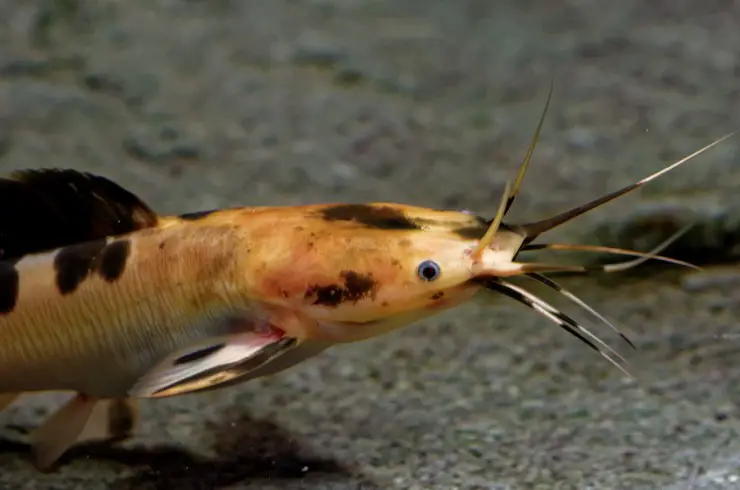
“Walking catfish” Clarius looks more like a log that lies at the bottom of the aquarium. Little fish cares little, except for the next portion of food. At the same time, it is unlikely that cichlazomas will attack such a large fish. The main thing is that they themselves are not quite kids. Anything that fits into Clarius’ mouth will disappear into his mouth without a trace.
Pterygoplicht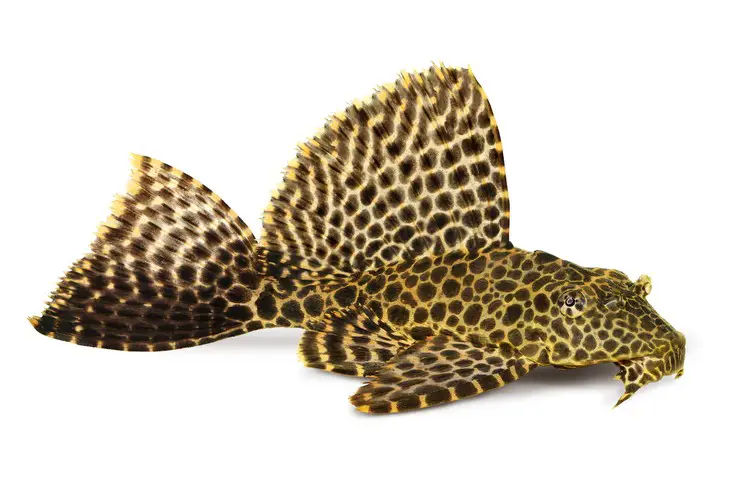
An excellent choice for joint keeping with cichlazomas. This large catfish is covered with durable plate armor, so it is not afraid of attacks from other fish. And not every cichlazoma dares to attack such a whopper. And by itself, a giant catfish stuck – a herbivorous species that will lazily move around the aquarium, at the same time clearing its walls from algal fouling.
Relatively compatible species
Akara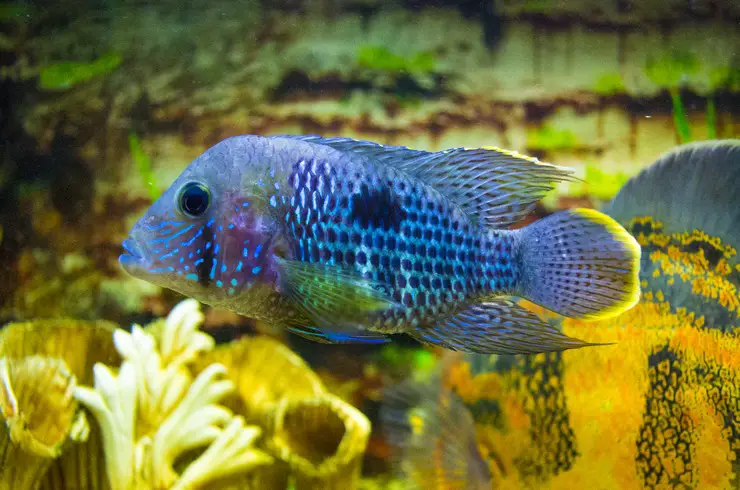
In some cases, cancer can make a good company commensurate with cichlazomas. However, it is worth considering the fact that the cohabitation of predatory cichlids with each other is always a lottery. Fish have high intelligence, zealously guard their territory, so skirmishes are unlikely to be avoided. A large volume of the aquarium and shelters in which weaker individuals can hide will allow reducing the degree of heat of passions.
Astronotus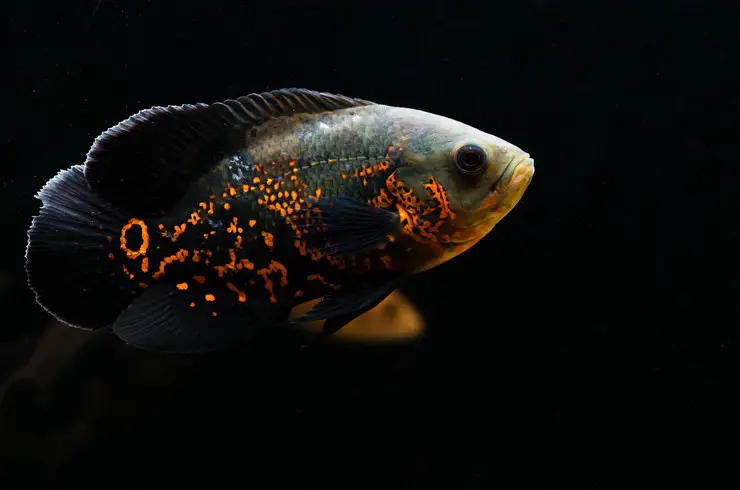
Astronotus are frequent companions of various types of cichlazomas, including such large ones as the Managua. If the fish grew up together, then there is a chance that even having matured, they will be loyal to each other.
African cichlids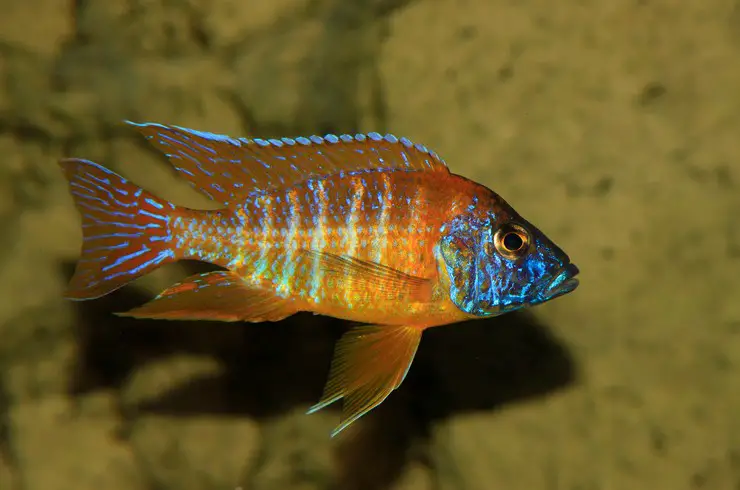
Although cichlazomas and their African cousins live on different continents, fish can often be seen living in the same aquarium. Many medium-sized cichlaz species get along well with commensurate Africans. But it should be remembered that the comfortable water parameters of these two groups differ, so a compromise has to be found.
Shark Baloo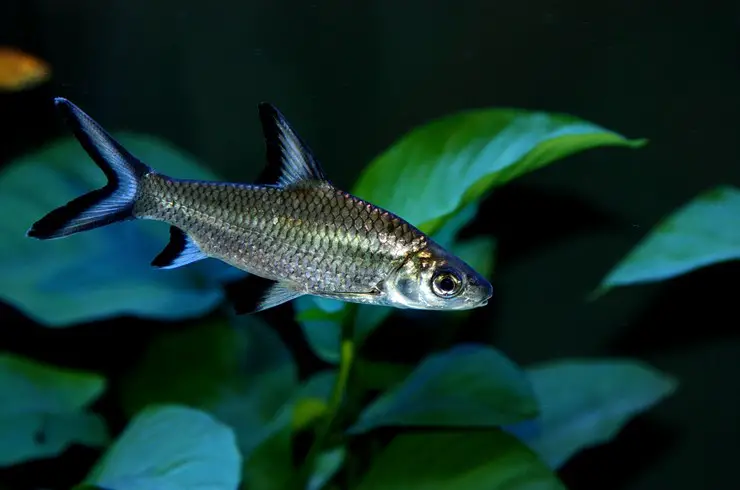
A school of shark barbs usually becomes a suitable option for cohabitation with cichlazomas. Shark balu – although calm fish, they are rather large and very mobile. In an aquarium of a suitable size (containers that are elongated in length are especially suitable), they will not attract the attention of most cichlase species.
Incompatible species
Guppy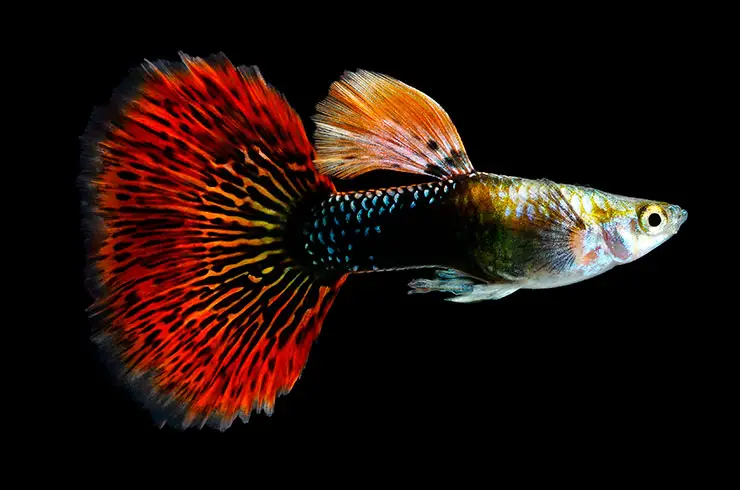
Small viviparous guppy fish will not last long in an aquarium, even with relatively calm cichlazomas. Even if not immediately, but predators will keep an eye on their prey and devour the fish at the first opportunity. Therefore, it is better to exclude any small species from the list of neighbors.
Goldfish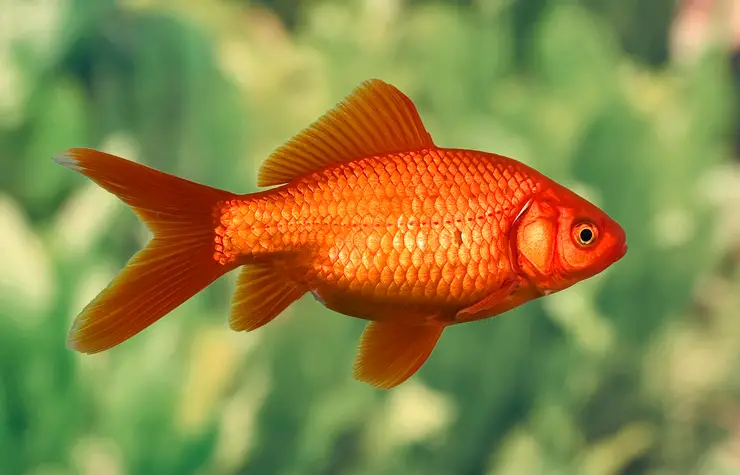
Many goldfish are similar in size to popular cichlase species. But despite this, such cohabitation is unlikely to be successful. The veil fins of goldfish act on the cichlaz like a red rag on a bull, and, therefore, they will be attacked, and attempts to pinch off a piece of the tail will not take long. Such conditions will lead to the death of goldfish.
Neons
As mentioned above, any medium-sized fish species will be of interest to cichlase only in gastronomic terms. If we add to this the bright and brilliant color of neons (“live baubles”), we get quick extermination of the entire flock of these characins.
Cockerels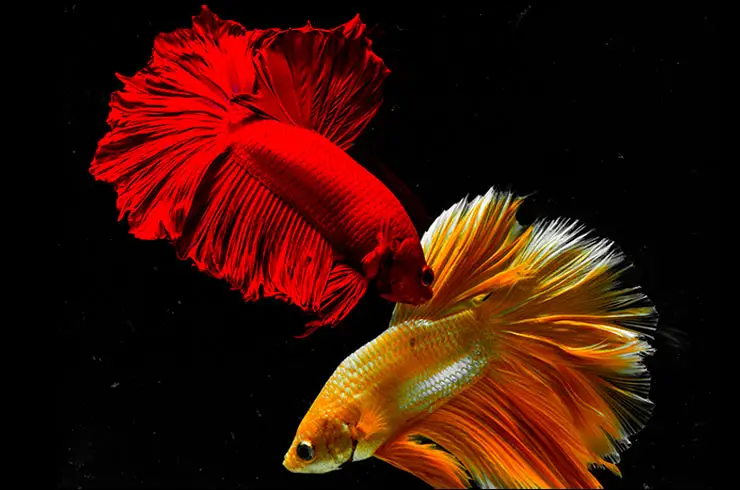
Males, when joining an aquarium with cichlazomas, risk being left without their gorgeous tails. And the size of the fighting fish is much smaller than that of similar neighbors. If cichlazomas choose the cockerel as the object of their pursuit, then he will have no chance of salvation.
Scalars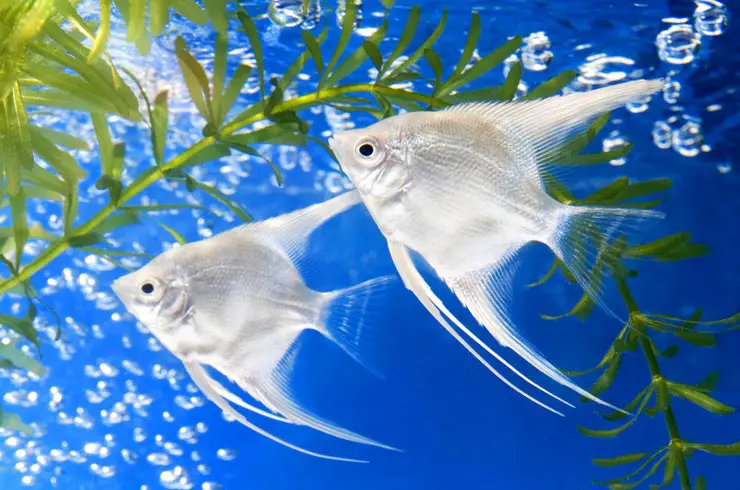
The scalars are also cichlids and are quite large. However, cichlazomas are much more active, and the long fins of scalars can attract their attention because biting them is a favorite fun of cichlazomas.
What you should pay attention to
Aquarium volume
The volume of the aquarium is the most important parameter that must be considered when creating a general aquarium with cichlazomas because the size of some species can be tens of centimeters. Be sure to make sure that there are two to three liters of water per 1 cm of such large fish. In cramped aquariums, the fish will be uncomfortable, which can provoke aggression towards neighbors.
Shelters
Any cichlid aquarium needs a variety of shelters. This will help not only divide the territory into several zones but also create an opportunity for weak individuals to hide from the attack of dominants or other inhabitants of the aquarium.
Spawning
Spawning is a very important period in the life of a cichlase. At the same time, a feature is associated with it that should be taken into account: happy parents, while waiting for babies, show unprecedented aggression, driving away any outsiders. Moreover, the blows can be quite serious. Therefore, it is better to plant fish ready for breeding in a separate spawning container.

